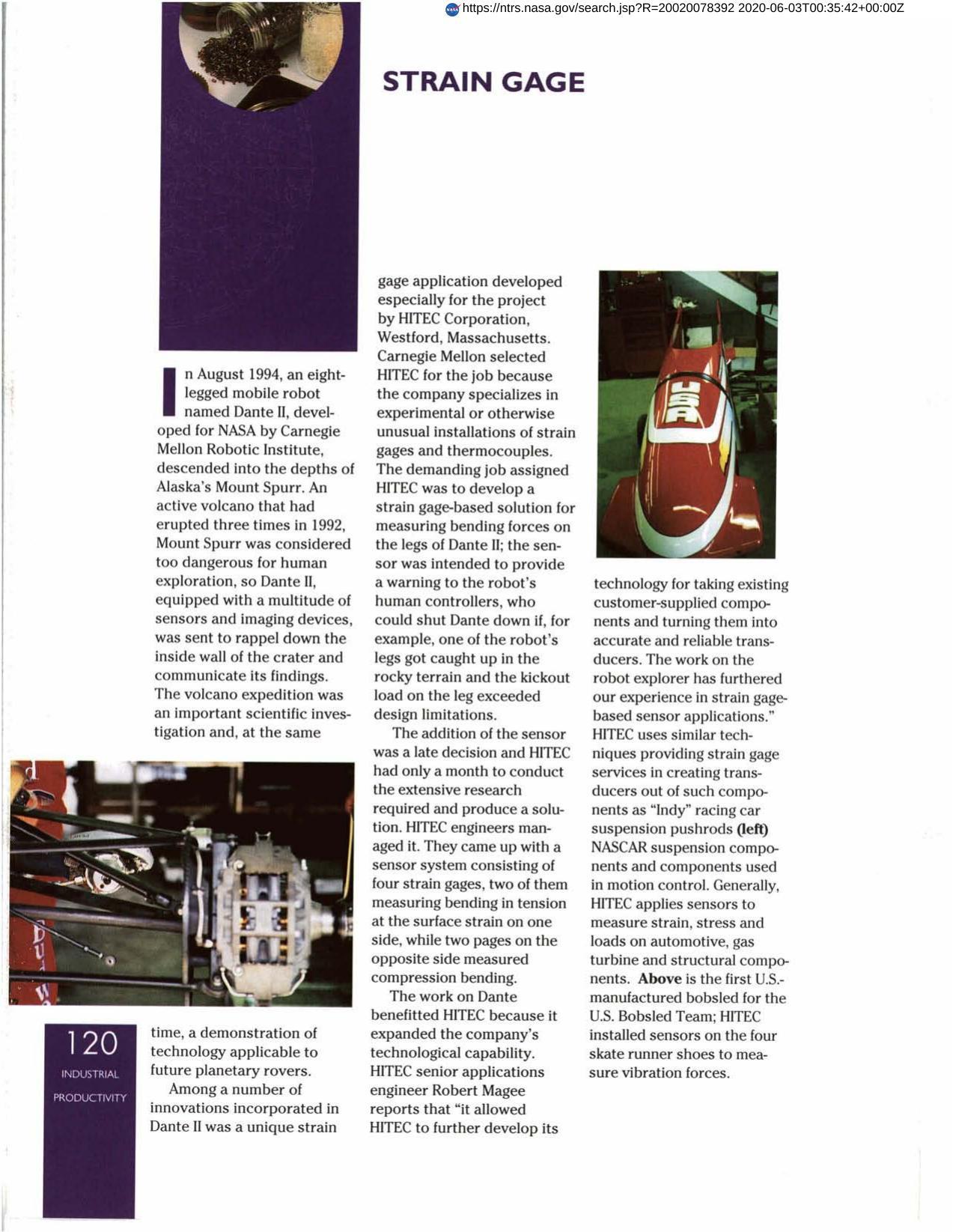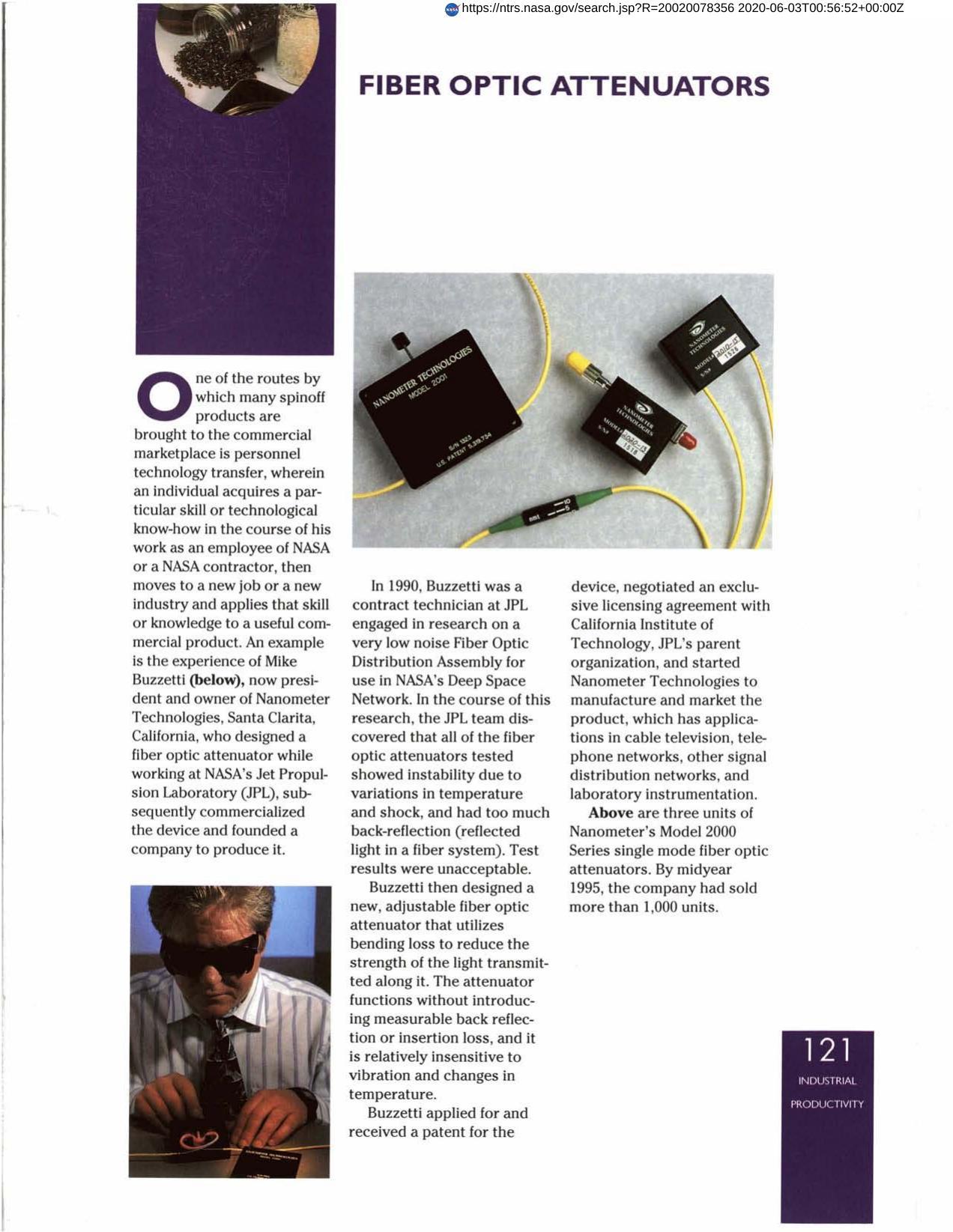
Drying Thermoplastics
In searching for an improved method of removing water from polyester type resins without damaging the materials, Conair Inc. turned to the NASA Center at the University of Pittsburgh for assistance. Taking an organized, thorough look at existing technology before beginning research has helped many companies save significant time and money. They searched the NASA and other computerized files for microwave drying of thermoplastics. About 300 relevant citations were retrieved - eight of which were identified as directly applicable to the problem. Company estimates it saved a minimum of a full year in compiling research results assembled by the information center.
Full article: http://hdl.handle.net/hdl:2060/20030005449

Drying Thermoplastics

Drying Thermoplastics













